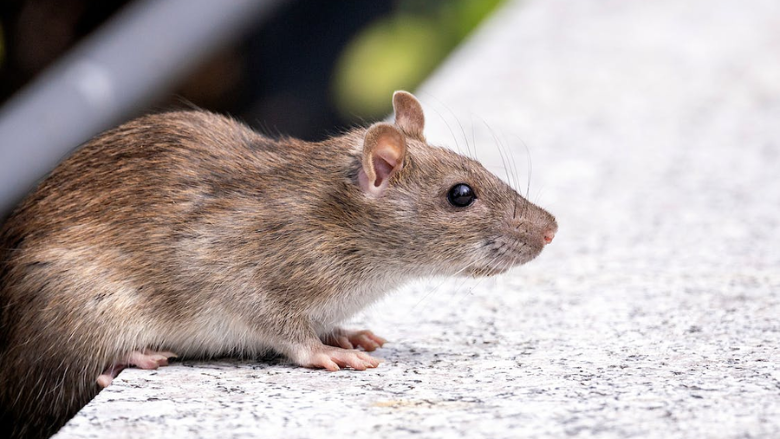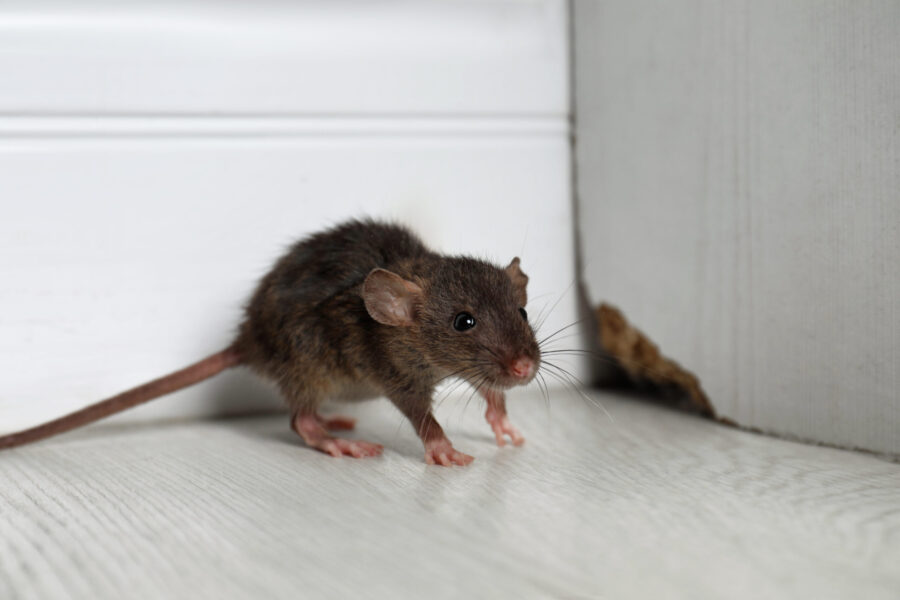Rodent Control Strategies for Food Packaging Plants
Share
Ensuring effective rodent control for food packaging plants is an essential task that directly impacts the quality and safety of the products. In environments where food safety is paramount, the presence of rodents can cause severe financial loss, damage to reputation, and pose health risks. This article explores strategies and considerations to keep these unwelcome guests at bay.

The Importance of Rodent Control in Food Packaging
In the world of food production and packaging, maintaining a rodent-free environment is crucial. Not only do rodents carry harmful pathogens that can contaminate food products, but their presence can also lead to regulatory penalties and loss of consumer trust. Packaging plants need to practice stringent rodent-proofing and monitoring.
Why Rodents Are a Major Threat
Rodents such as rats and mice thrive in food packaging facilities due to the abundance of food sources and shelter opportunities. They are adept at infiltrating storage spaces, chewing through packaging, and contaminating products with urine and feces. Understanding their behavior is the first step toward effective prevention strategies.
Rodent Control Strategies
Implementing Integrated Pest Management (IPM) techniques is a holistic approach to managing rodents. These strategies involve sanitation, exclusion, and population control.
1. Sanitation and Hygiene Measures
Keeping a clean facility is the most straightforward deterrent to rodent infestations. Focus on:
- Regular cleaning schedules to eliminate food particles and waste.
- Maintaining organized and clutter-free storage areas.
- Promptly addressing spills and leaks.
2. Structural Exclusion Techniques
Rodent-proofing a facility involves sealing entry points, such as:
- Filling gaps around doors, windows, and pipes.
- Installing rodent-proof barriers at ventilation openings.
Learn more about control in commercial food storage for detailed exclusion tactics.
3. Monitoring and Control Systems
Deploying sophisticated monitoring systems is essential. Tech-based solutions include AI-driven traps and sensors that immediately alert staff to rodent activity, ensuring prompt action. Discover more on tech-driven pest management.
Maintaining a Safe and Rodent-Free Facility
A comprehensive pest management plan should be in place, tailored to specific needs. It should evolve with technological advances and regulatory changes. To read more about pest control procedures in such settings, check out logistics warehouses.
Training and Education
It's imperative to train employees to recognize signs of infestation and implement preventive measures effectively. Consider regular workshops and training sessions.
Collaboration with Pest Management Professionals
Engaging with experts provides valuable insights and recommended practices for maintaining a pest-free environment. For additional insights, consult resources like warehouse pest control.

Frequently Asked Questions
What attracts rodents to food packaging plants?
Rodents are generally attracted to the availability of food and shelter. Proper sanitation and exclusion measures are key to combating these pests.
How often should rodent control measures be reviewed?
Pest management strategies should be revisited at least quarterly, or more frequently if there are changes in the facility or increased rodent activity.
Are there advanced technologies for rodent monitoring?
Yes, modern facilities utilize AI-based traps and monitoring systems that provide real-time data and alerts to manage rodent activity swiftly.
This article contains affiliate links. We may earn a commission at no extra cost to you.
